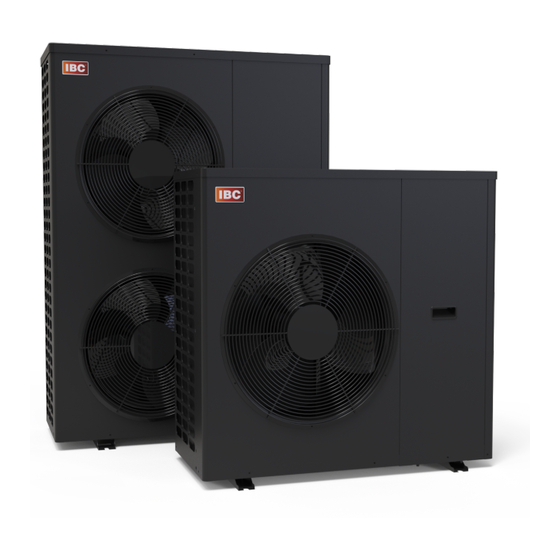
Table of Contents
Advertisement
Quick Links
INSTALLATION AND
OPERATING MANUAL
Risk of Electric shock. If the information in this manual is not followed exactly, a fire or
electricution may result causing property damage, personal injury, or loss of life.
Do not store or use gasoline or other flammable vapors and liquids or other combustible
materials in the vicinity of this or any other appliance.
Hydronic Heat Pump
HPX 3 (3 ton model #IHEXXF1-003T)
HPX 5 (5 ton model #IHEXXF1-005T)
WARNING
Advertisement
Table of Contents
Troubleshooting


Need help?
Do you have a question about the HPX 3 and is the answer not in the manual?
Questions and answers